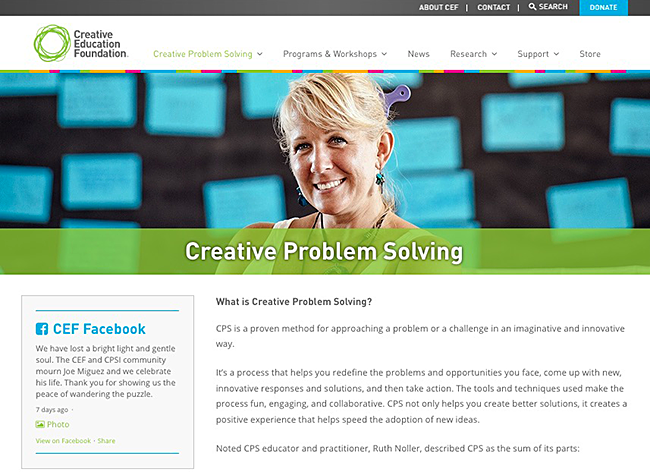
Try placing restrictions on a particular project: rework a project that didn’t quite hit the mark by placing various restrictions on it for example, limiting the budget, space, levels or materials on an architecture project will force innovation.Listen to music: I mean really listen to it music is layered and complex – lyrics, melody, chorus, beat, tempo, key, samples, composition, instruments – they all come together to tell a unique story imagine how it might sound if you change up just one of those elements.Listen to podcasts or Ted talks to discover the creative triggers other people use, or how they approach the things you want to improve. Learn new techniques & methods of ‘doing’: take an online course that you can do at your own pace or visit ‘YouTube university’ and save a bunch of videos to watch while you’re eating lunch.Read: read as much as you can it doesn’t matter what you read, the author has an agenda – try and understand what that might be.Try something new: try out a new recipe, have a go at a different exercise activity, mix up your routine, learn to paint with watercolours, try the latest TikTok dance, practice counting in an unfamiliar language, or just sit in a different chair to watch TV.
CREATIVE PROBLEM SOLVING BREAKING HABITS TV
Observe something new: check out a foreign language TV series, do some people watching and imagine what they’re thinking or talking about, go to a gallery or museum, or follow a sport that you know little about.

So how do we practice openness? Here are some ideas: Gathering experiences allows us to understand things from multiple angles, enhancing our strategic awareness, problem-solving capabilities and…wait for it…our creativity. that each of these stakeholders has a very different agenda and a unique perspective of the exact same event. The ticketing agents will want to know which seats offer the best views so they can sell tickets for those seats at a premium, and so forth. The lighting technician will be concerned with equipment, access, design, potential shadows and hitting the right ‘mark’ at the right time. The actors are concerned with the boundaries of the stage, entries and exits, costume changes, remembering their lines and impressing their audience. For example, imagine how the various stakeholders in a stage show view the same event. So why does this help creativity? Because every new experience delivers perspective and knowledge, allowing the brain to make more neural connections between related information.
CREATIVE PROBLEM SOLVING BREAKING HABITS FREE
Take this free test to find out how you score on the ‘Big 5’, and ‘openness’ in particular. They are constantly learning and adding information to their creative ‘toolbox’. Curious to try new things, they will happily visit far-flung places, try different foods, take up new sports or go to stage shows, galleries, museums and libraries. But…did you know that this particular trait also facilitates exceptional leadership and entrepreneurial success? While the ‘Big 5’ personality traits are widely accepted as behavioural predictors in the psychological community because they tend to remain stable over time, ‘openness to experience’ can be nurtured and augmented with practice.ĭescribed as adventurous, creative, intelligent and knowledgeable, people who are high in ‘openness’ literally seek out new experiences. It’s well documented that the personality trait of ‘ openness’ is high among creative types. Pick a different one each day to find out what works best for you. These daily habits can be broken down into four overarching categories, and although each category has a range of ideas, just one or two of these triggers per day can give your creative-self a kick in the pants.

While most people enjoy a well-earned drink, getting drunk every day in the name of artistry seems a bit….

With answers ranging from getting drunk to moving furniture around among the group responses (they are a creative bunch after all… 😜), there was consensus for some rather more practical daily rituals to help boost creativity. What daily habits can you use to trigger those creative juices, so you can achieve that ‘point of difference’ and stand apart from the crowd? Call it what you will…creativity, innovation, imagination, invention, vision, artistry or enterprise…the desired outcome is the same across industries. Now, without going into the technical definition of creativity, and given this question was asked by someone in a ‘creative circle’, let’s assume this member was talking about artistic creativity. To paraphrase, one of the group members asked what daily habits other community members employ to improve their creativity. This particular article was triggered by a question posed to a creative community Facebook group that I follow.


 0 kommentar(er)
0 kommentar(er)
